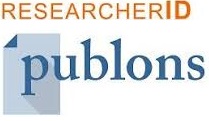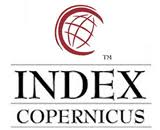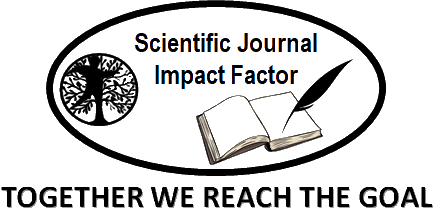Geomechanically Optimized Perforation Strategies for Enhanced Stimulation Efficiency in Unconventional Reservoirs
Abstract
Hydraulic fracturing has become a critical technology for hydrocarbon extraction from unconventional reservoirs, yet persistent challenges in stimulation effectiveness limit recovery factors and economic viability. This review synthesizes peer-reviewed literature to address gaps in understanding the interplay between in-situ stress mechanics, perforation design, and cluster efficiency. The analysis reveals that stress anisotropy—defined as the difference between maximum (σH) and minimum (σh) horizontal stresses—fundamentally governs fracture geometry and propagation patterns. High anisotropy environments, such as the Haynesville Shale, promote planar fractures, while lower anisotropy in the Eagle Ford Shale leads to complex networks. Perforation alignment with σH is shown to reduce initiation pressures by 20–40% and minimize near-wellbore tortuosity, with field studies demonstrating 22% lower breakdown pressures and 15% higher 30-day production in stress-aligned wells. Near-wellbore stress effects, including stress cage phenomena and perforation tunnel geometry, further influence fracture initiation mechanics. Cluster efficiency remains a key challenge, with 30–40% of clusters contributing <5% of production due to stress shadowing and reservoir heterogeneity. Mitigation strategies, such as limited entry perforating and engineered spacing, have improved uniformity, as evidenced by Permian Basin case studies. This review underscores the necessity of integrating geomechanical principles with real-time diagnostics to optimize completion designs and enhance recovery in unconventional plays.
Keywords
Full Text:
PDFDOI: http://dx.doi.org/10.52155/ijpsat.v51.2.7384
Refbacks
- There are currently no refbacks.
Copyright (c) 2025 Ekeinde Bose Evelyn

This work is licensed under a Creative Commons Attribution 4.0 International License.



















